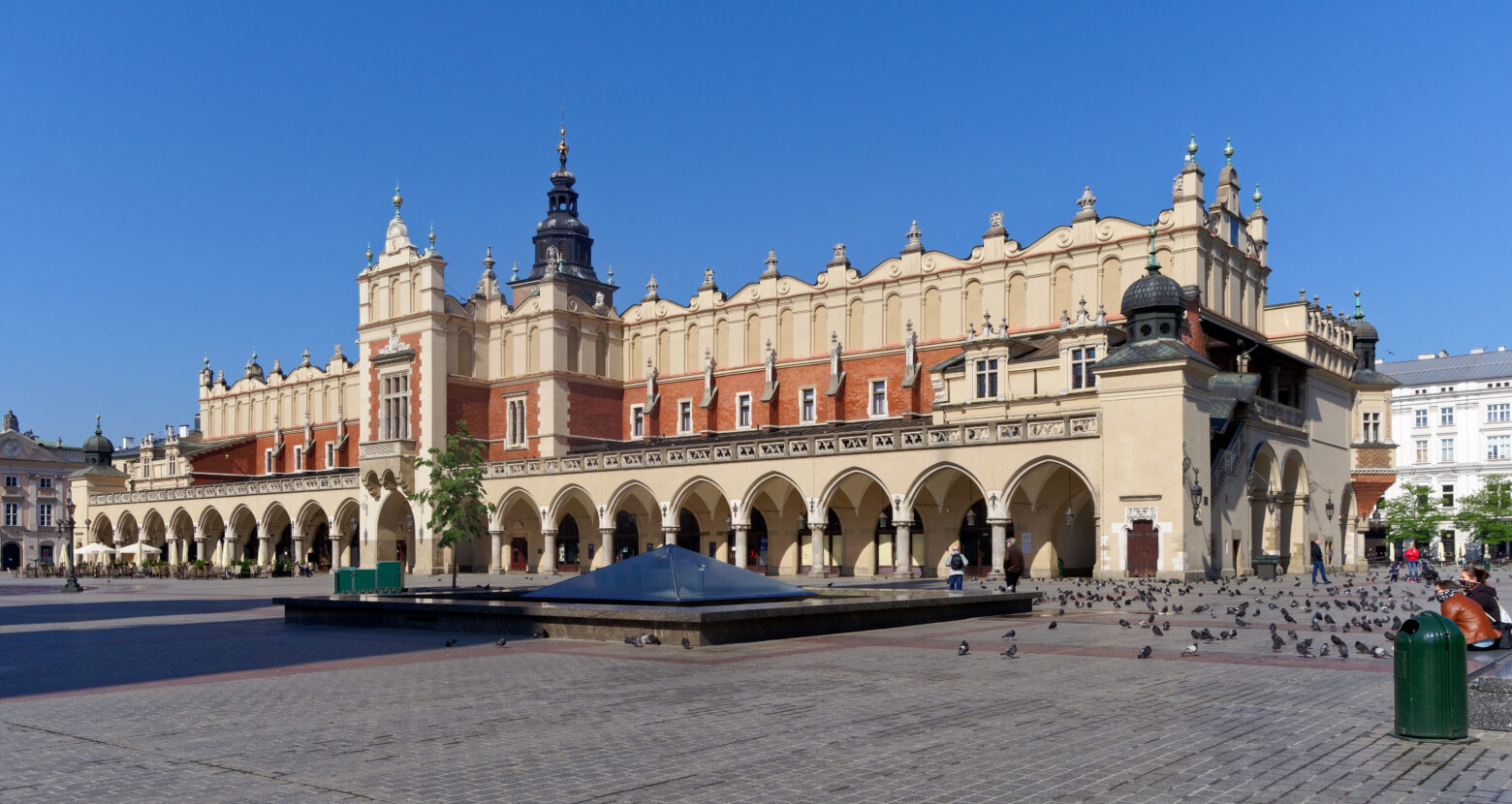You might be wondering what the difference is between a dry sauna, a wet sauna and a steam room – and perhaps you’ve heard of other types. They are all used to promote sweating, but they use different types of heat to accomplish it.
The Finnish sauna
 To create a pleasant, mild and salubrious atmosphere in the Finnish sauna, most of the interior needs to be manufactured from wood. Expansive glass fronts and stone walls may be contemporary and aesthetically pleasing, but the more wood, the better the climate in the sauna, because only wood is capable of absorbing heat evenly during the warming-up phase, and later emitting it again evenly. Wood is also capable of absorbing the increased moisture in the air when water is poured over the hot stones, keeping the humidity level inside the sauna below 10% even when the temperature of the air is 80-90°C. Another major advantage of wood is that it does not heat up through thermal conductivity to the same extent as other materials, so sauna-goers don’t get burned.
To create a pleasant, mild and salubrious atmosphere in the Finnish sauna, most of the interior needs to be manufactured from wood. Expansive glass fronts and stone walls may be contemporary and aesthetically pleasing, but the more wood, the better the climate in the sauna, because only wood is capable of absorbing heat evenly during the warming-up phase, and later emitting it again evenly. Wood is also capable of absorbing the increased moisture in the air when water is poured over the hot stones, keeping the humidity level inside the sauna below 10% even when the temperature of the air is 80-90°C. Another major advantage of wood is that it does not heat up through thermal conductivity to the same extent as other materials, so sauna-goers don’t get burned.
You can get finnish saunas that seat from 1-300 people. The sauna feels hot not just because you are heating up the room, and as you add water to the coals but from the condensation of the water on your body. As it condenses on your cooler skin, it transfer heat to you.
You sweat as a natural reaction to try to keep your body cool. When the sweat evaporates it transfers heat away form you, to try to help cool you down.
Finnish saunas use dry heat produced from a stove or hot rocks to escalate the room up to 80-90°C with very low humidity. You can add water to the coals/stones to produce a ‘wetter’ sauna and increase the humidity.
The heat could be produced from a fire and coals, or a wood-burning stove, or an electric element. They all achieve the same results. At Emerald Spa, our heaters are electric, to offer the safest and most easily controlled sauna experience.
We also offer sauna experiences with birch or beech branch massages (Russian ‘Banya’ style) which brings out the natural oils and aromas of the branches.
Steam room
 On the other hand, steam rooms involve moist heat. They operate at lower temperatures, usually around 43-49°C and 100 percent relative humidity.
On the other hand, steam rooms involve moist heat. They operate at lower temperatures, usually around 43-49°C and 100 percent relative humidity.
They are usually completely tiled. You go into a steam room with no towel, or costumes at all, and just sit on the tiled benches, after washing the area. Wash it again after use, to be ready for the next user. ‘Hammam’ cleaning ritual takes place in the steam room too, or other salt and sugar peelings.
At Emerald Spa we plan to open our Steam room within a few months.
Other types of sauna available:
Infrared Sauna
 John Harvey Kellogg invented the use of radiant heat saunas with his incandescent electric light bath in 1891, which uses heat radiation from lights to heat up the body. Conventional finnish saunas heat up the air and use convection and conduction to head the body requiring a high temperature stove, whereas the infrared sauna uses direct radiation and so can operate at a lower temperature. The infrared saunas use less power as a result, so can be cheaper to run. Further, water is not used in such saunas, so the air is only dry, and not humid. The average ambient temperature in an infrared sauna is usually 40-60 °C compared to 70-90 °C in traditional saunas.
John Harvey Kellogg invented the use of radiant heat saunas with his incandescent electric light bath in 1891, which uses heat radiation from lights to heat up the body. Conventional finnish saunas heat up the air and use convection and conduction to head the body requiring a high temperature stove, whereas the infrared sauna uses direct radiation and so can operate at a lower temperature. The infrared saunas use less power as a result, so can be cheaper to run. Further, water is not used in such saunas, so the air is only dry, and not humid. The average ambient temperature in an infrared sauna is usually 40-60 °C compared to 70-90 °C in traditional saunas.
While some might prefer this kind of sauna, it is thought not to be suitable for certain people (for example, during pregnancy). Some purists dont regard this as a real sauna at all.
Smoke sauna
 Smoke sauna (Finnish savusauna, Estonian suitsusaun, Võro savvusann) is one of the earliest forms of the sauna. It is simply a room containing a pile of rocks, but without a chimney. A fire is lit directly under the rocks and after a while the fire is extinguished. The heat retained in the rocks, and the earlier fire, becomes the main source for heating the sauna. Following this process, the ashes and embers are removed from the hearth, the benches and floor are cleaned, and the room is allowed to air out and freshen for a period of time. The smoke deposits a layer of soot on every surface, so if the benches and back-rests can be removed while the fire is alight the amount of cleaning necessary is reduced. Depending on size of the stove and the airing time, the temperature may be low, about 60 °C (140 °F), while the humidity is relatively high. The tradition almost died out in Finland, but was revived by enthusiasts in the 1980s. These are still used in present-day Finland by some enthusiasts, but usually only on special occasions such as Christmas, New Year’s, Easter, and juhannus (Midsummer night). Smoke saunas are popular in southern Estonia to today.
Smoke sauna (Finnish savusauna, Estonian suitsusaun, Võro savvusann) is one of the earliest forms of the sauna. It is simply a room containing a pile of rocks, but without a chimney. A fire is lit directly under the rocks and after a while the fire is extinguished. The heat retained in the rocks, and the earlier fire, becomes the main source for heating the sauna. Following this process, the ashes and embers are removed from the hearth, the benches and floor are cleaned, and the room is allowed to air out and freshen for a period of time. The smoke deposits a layer of soot on every surface, so if the benches and back-rests can be removed while the fire is alight the amount of cleaning necessary is reduced. Depending on size of the stove and the airing time, the temperature may be low, about 60 °C (140 °F), while the humidity is relatively high. The tradition almost died out in Finland, but was revived by enthusiasts in the 1980s. These are still used in present-day Finland by some enthusiasts, but usually only on special occasions such as Christmas, New Year’s, Easter, and juhannus (Midsummer night). Smoke saunas are popular in southern Estonia to today.

